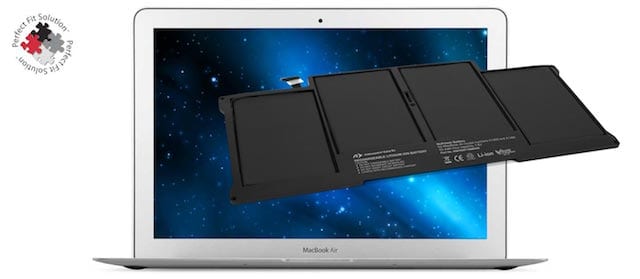 We’ve all experienced the frustration of a battery that has begun to reach the end of its lifespan and simply won’t hold a full charge. Batteries possess a limited amount of charge cycles, which is the equivalent of one complete drain of the battery’s power before a recharge.
We’ve all experienced the frustration of a battery that has begun to reach the end of its lifespan and simply won’t hold a full charge. Batteries possess a limited amount of charge cycles, which is the equivalent of one complete drain of the battery’s power before a recharge.
Each Apple device’s battery has a particular number of cycles. A cycle is the measure of the number of times that 100% of the battery’s charge was added back. For example, two recharges from 50% to 100% is one cycle, 4 charges from 75% to 100% is one cycle.
Related:Calibrate and exercise your battery for better health, run times
Once the cycle count has been reached, it is generally recommended that you replace the battery. You can still use your battery after it reaches its maximum cycle count, but you may notice a significant reduction in your battery life or you may need to keep your device plugged in to an external power source while it is in use to maintain a charge.
To determine what the maximum cycle count is for your Apple laptop, visit support.apple.com/en-us/HT201585. Then, follow these steps (OS X 10.7 or later) to determined how many cycles your battery still possesses:
- Your first step will be to click “About this Mac” from the Apple menu.
- The next step is to click “More Info” and then “System Report”.
- Then click Power on the left column (as shown below). The cycle count will be under “Health Information” which is found in the “Battery Information” section.
 If your Apple laptop’s battery has topped the recommended number of cycles, you may need to replace your Battery. If you are in need of a new battery, NewerTech offers a wide selection of NuPower Apple laptop batteries.
If your Apple laptop’s battery has topped the recommended number of cycles, you may need to replace your Battery. If you are in need of a new battery, NewerTech offers a wide selection of NuPower Apple laptop batteries.
Have questions about your Mac’s battery? Feel free to contact our tech support team!







